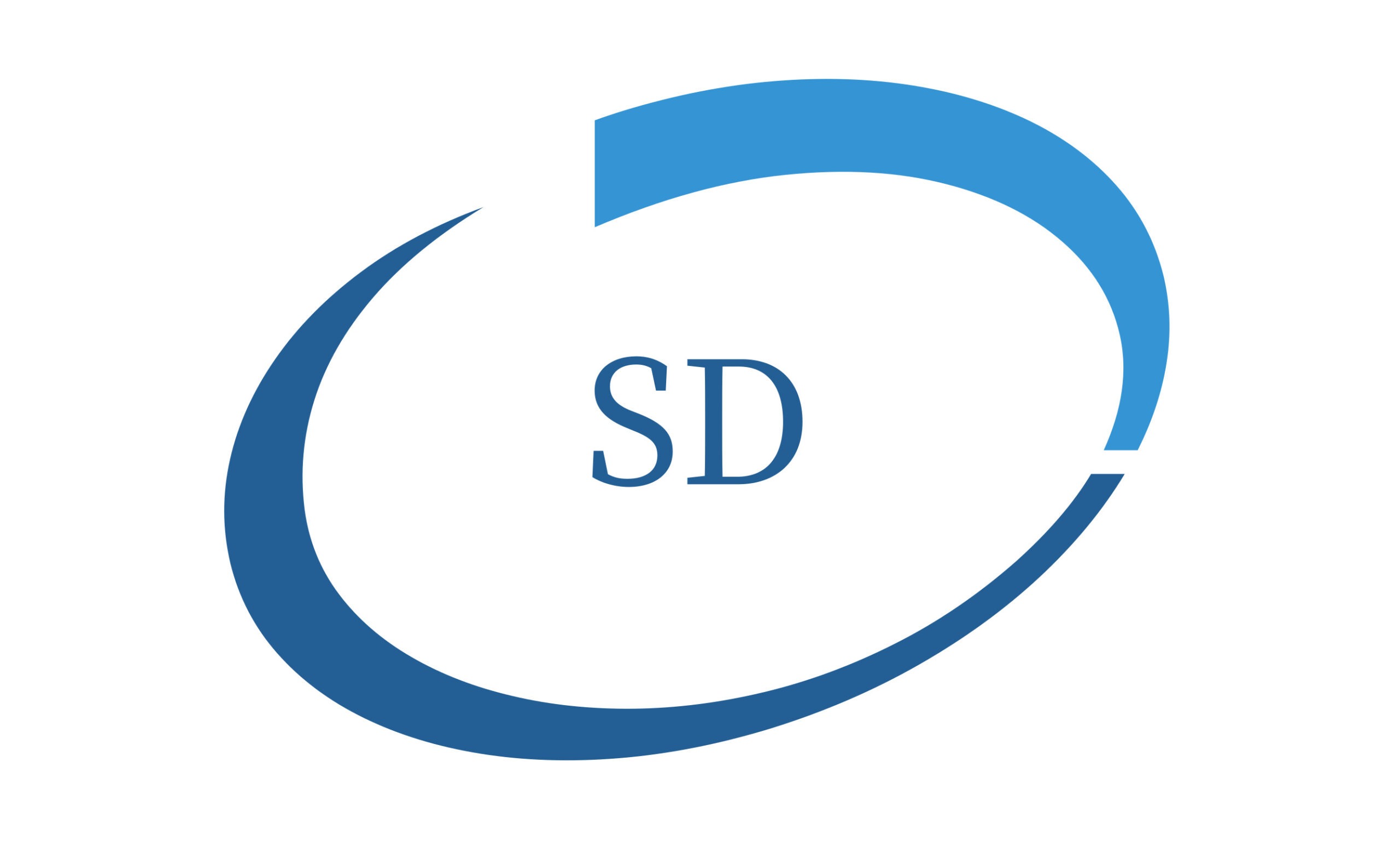Cloud accounting is here to stay — if you want to run your business better than the rest, then moving online is the best way to go about it.
By tracking expenses, invoices and bank accounts, cloud accounting software can revolutionise how you manage your business accounts, analyse your financial information and run your business.
What is cloud accounting software?
Cloud accounting software stores all your financial information, including records of income, expenses, assets and liabilities.
Because it’s in the cloud, it works similarly to online banking — you access it from remote locations without the need to be connected to a home network or server. Provided you’ve got an internet connection, you can access your data from anywhere and any device.
And all the information you put into the cloud is encrypted, so only those with the login credentials can access data.
Five ways accounting software can transform your business.
So why should you use cloud accounting software? We’ve narrowed it down to five key reasons.
Manage your financial records
Cloud accounting software simplifies your cashflow problems with a few clicks every time. It will connect to your bank account in real-time and reconcile your transactions. This saves hours of time as traditionally, you would have to do this manually — or you would have to pay an accountant to do it in your stead.
You’ll have an accurate picture from which to build an effective strategy, giving you clear data you can manipulated however you see fit.
Manage your payments
Managing your invoices and payments is relatively simple using cloud accounting software. Directly from the programme, you can create and send invoices and submit payments as they come in.
This gives you control over your accounts and helps you receive payments faster and more effectively.
Make better decisions
Making informed business decisions as and when something happens separates the average business from the best. By utilising the tools that cloud accounting software gives you, like real-time reporting and analytics, you can hone in on what you’re doing well, and spot areas of opportunity and improvement.
You can also generate reports on your cashflow, profit and loss, balance sheet, and more, which you can use to identify these different areas.
Making Tax Digital
Making Tax Digital is compulsory for VAT and will be introduced for income tax self-assessment in the future (2026). It’s vital to start using cloud accounting software if you want to:
- comply with MTD for VAT now
- comply with MTD in the future
The new rules say businesses have to keep digital records that link to HMRC’s system with MTD-compatible software. Traditional methods of accounting simply won’t work when everything becomes digital in 2026.
Simple to use
Cloud accounting software is a breeze to use. With a range of tools at your fingertips, there’s no looking back once you’ve got started using it.
Most platforms have simple interfaces designed with the end user in mind — that means clear and simple pathways to finding the information you need most.
And if you want to take it further, software suppliers provide countless guides and information hubs to help you learn about every feature in detail.
We’re cloud accounting experts and advocates
You may think that as accountants ourselves, we’d be against cloud accounting software: it’s stepping on our toes, right? Well, for a small business owner, it may be beneficial to run your own accounts and not need an accountant to reconcile all your expenses. And that’s how it should be.
With all your accounts taken care of, we can provide real value to you as the end user — mobilising our advice and guidance to give you a tailored result you won’t get anywhere else.
Need cloud accounting support? Get in touch today, and we’ll help you out.
